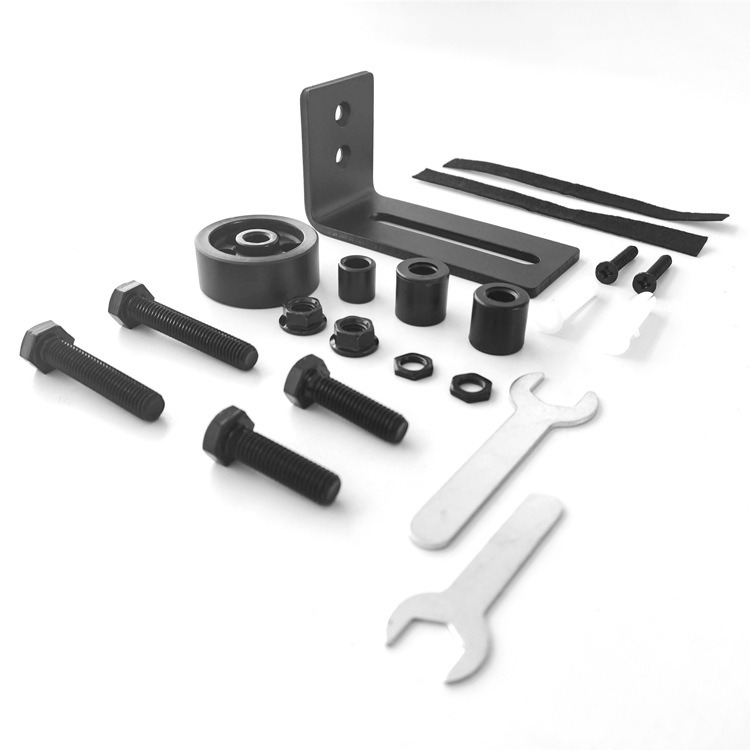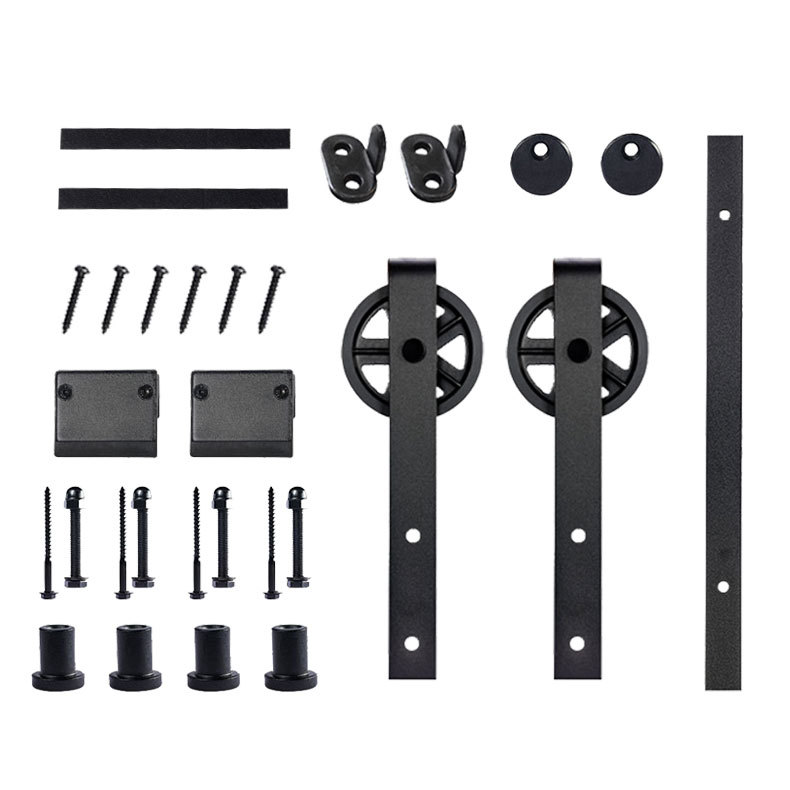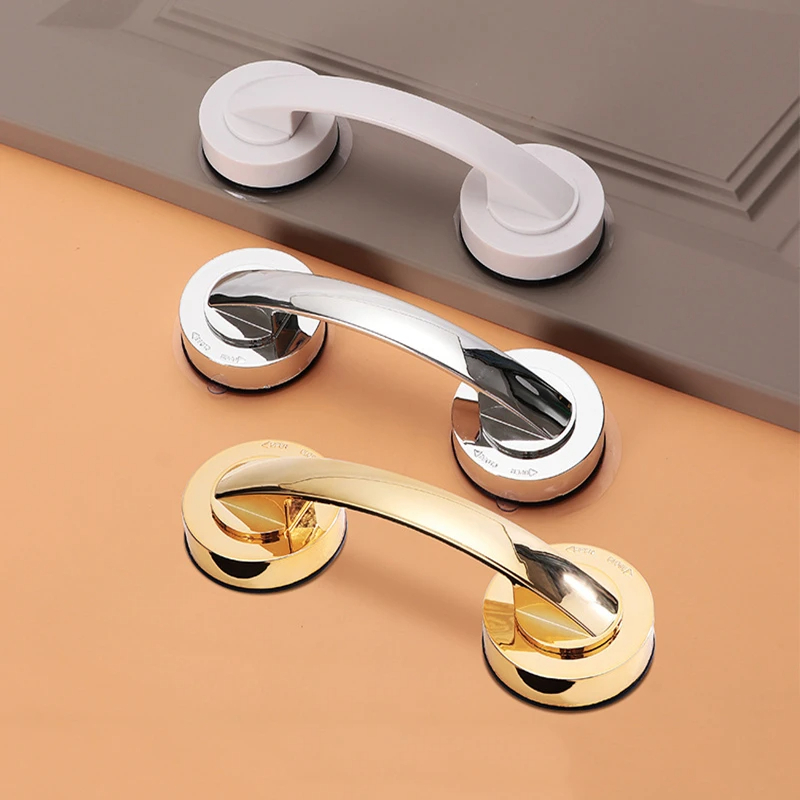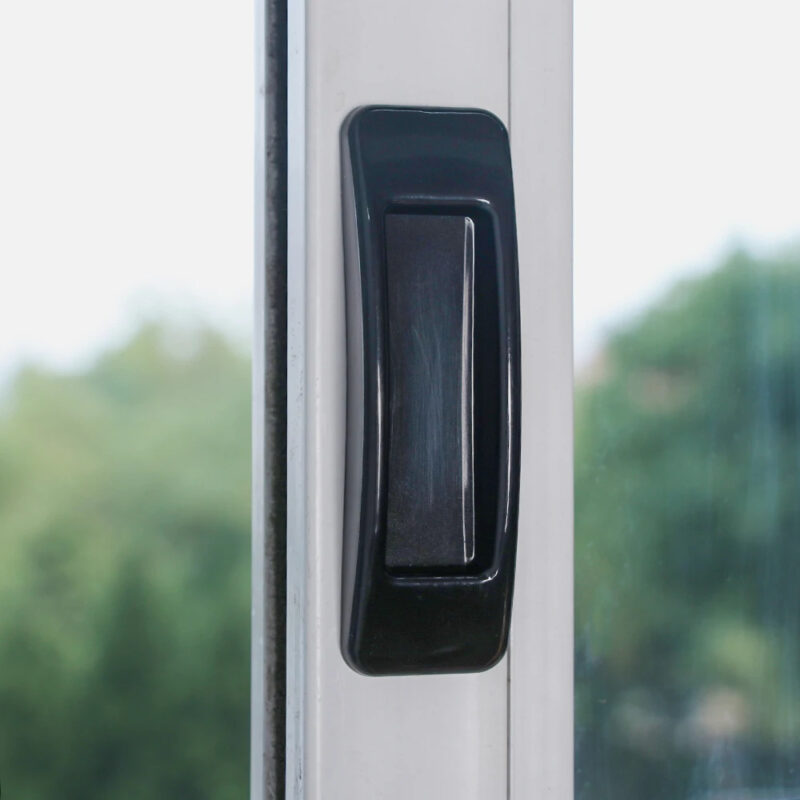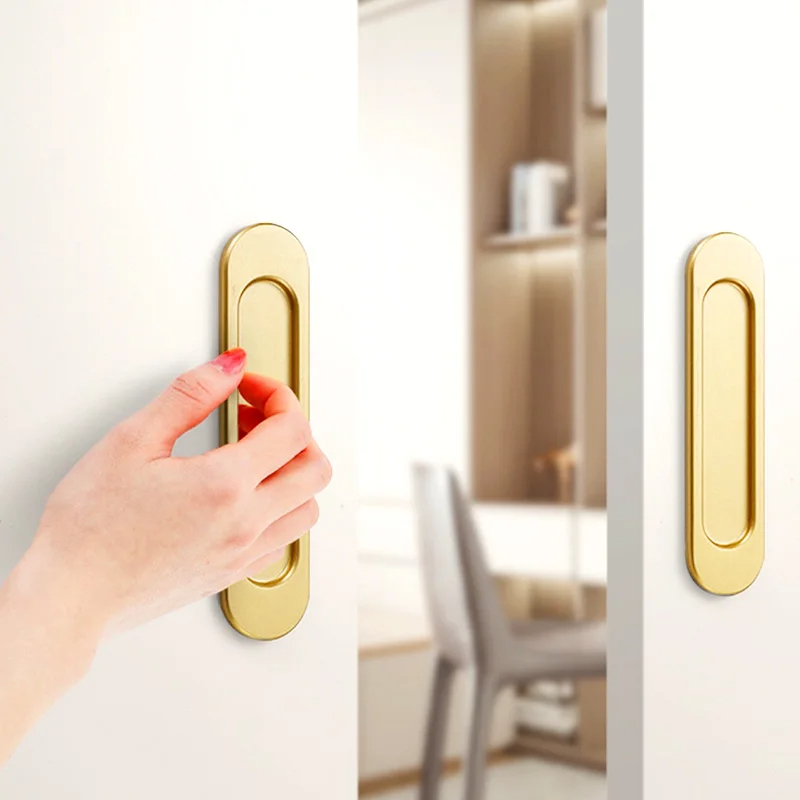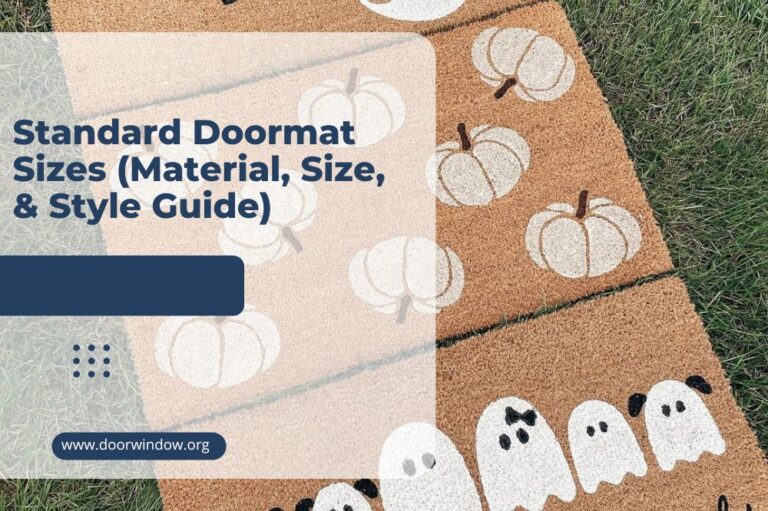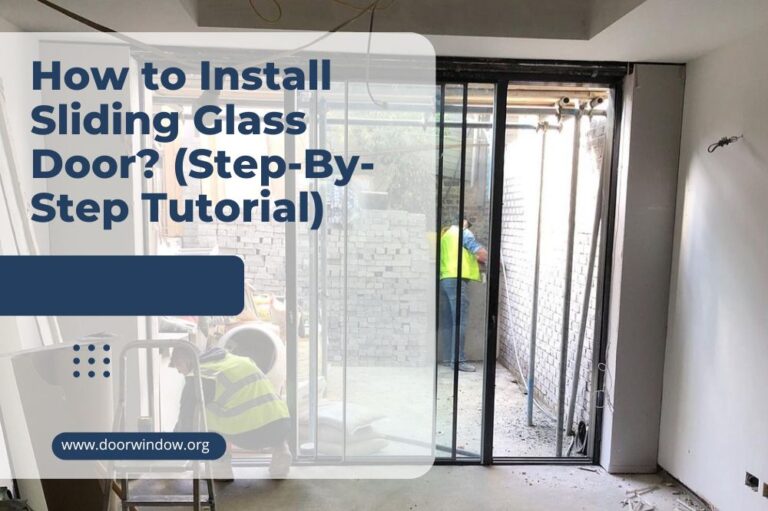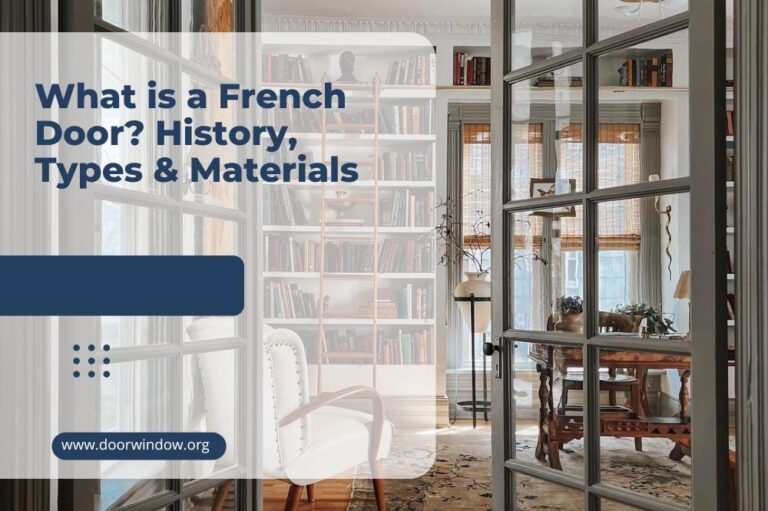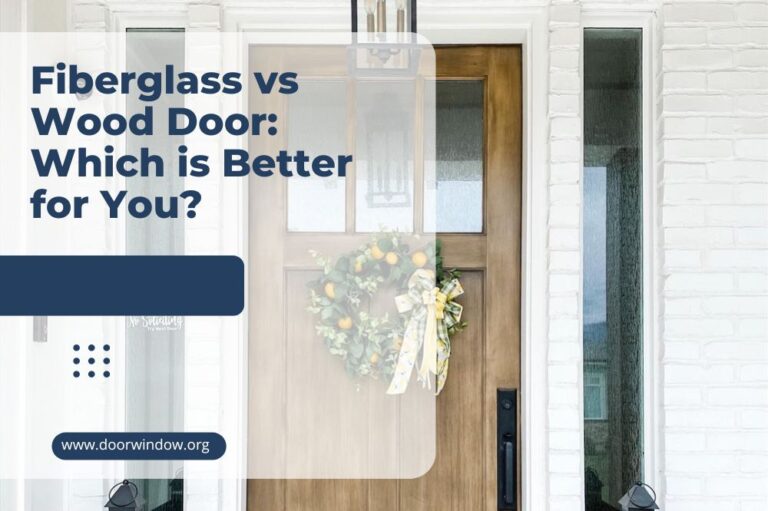19 Types Of Doors Available For Your Home
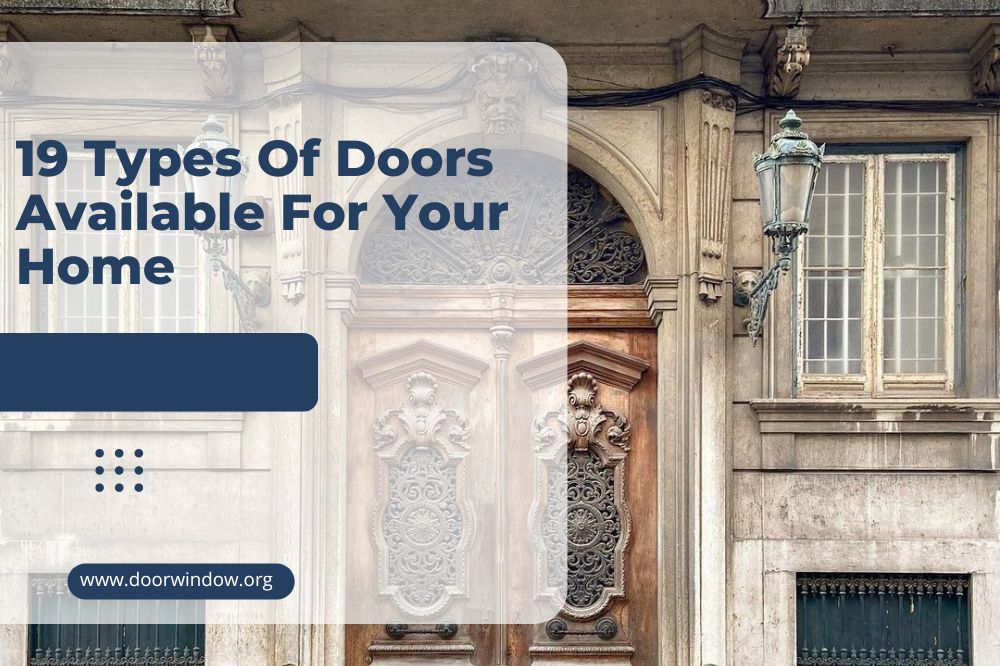
Although you’ve had to pass through doors for entryways your entire life to move from one room to another and from outside to inside a building, when it comes to choosing the right door type for your building, the process can be quite daunting.
Doors are identified by their construction styles, shutter systems, and the materials used. Their build material can be either wood, steel, glass, aluminum, or composite material. Based on the shutter system, they could also be hinged, sliding, revolving, covert, collapsible, plain, or eye-catching.
Here we would introduce you to the different types of doors for entryways, and examine the different options available, and their benefits and drawbacks.
Classification of the Different Types of Doors
A door is typically made of a material suited for its task. Its appeal and functionality are also influenced by the style of construction and shutter system. Here we’ve classified the different types of doors for entryways based on
- The Door Material
- The Construction Style
- The Shutter System
Classification Based on the Type of Door Material
1. Wood
Many homeowners prefer solid wood doors such as those made of oak, mahogany, poplar, and hickory because of their natural beauty. They can be used on doorways anywhere in a building.
Most wooden doors are custom-made and readily available. However, it does have the disadvantage of high maintenance costs and poor insulation properties. Wooden doors are also affected by moisture, insects, and high temperature.
2. Glass
This door type incorporates glass panels in wood, steel, or aluminum frames. Glass doors are always used on the side or back of houses, but require curtains or sanding for privacy. While they are eye-catching, they are easily broken and need constant maintenance.
3. Steel
Steel is a popular material for exterior doors because it is sturdy, reliable, inexpensive, and low maintenance. Most steel doors have an insulation core made of polyurethane or another type of foam, which is essential for the comfort and efficiency of a building. Steel doors typically come with a frame and lock system, which is more efficient than wooden doors.
Although steel possesses the above benefits, it is prone to rust and dents, which reduces its appeal while being difficult to repair.
4. Aluminum
Homeowners frequently use aluminum for exterior doors because it is solid and durable. Aluminum doors are also reasonably priced and less heavy than steel. However, they are prone to damage from high temperatures and although corrosion-resistant, they are easily stained by water, which reduces their visual appeal.
5. PVC
Doors made from PVC (polyvinyl chloride) materials are often used for both residential and public houses. They are affordable,non-porous, recyclable and resistant to moisture-related damage. In addition to this, these doors, unlike wood, require low maintenance.
However, their one-style-fits-all design may not be ideal for homeowners looking for uniqueness.
6. Fiber Reinforced Plastic
Fiber-reinforced plastic doors, also called fiberglass doors, are made of compression-molded glass fibers mixed with resin to create a robust and long-lasting composite. These doors offer strength that almost matches those of steel doors while being flexible.
These doors are among the more expensive ones on the market, costing more than a typical wood and steel door. However, because they last longer and require less upkeep, they are also more economical. It doesn’t require the protection of a storm door. It reduces energy consumption and energy costs.
Doors made from Fiber Reinforced Plastic have the disadvantage of being too complicated to cut to fit the frame size.
Classification Based on the Construction Style Adopted

1. Panel Doors
Panel doors are the types frequently seen in homes and public spaces. They can be a single rigid panel that is less common, or four-, six-, or eight-sections with smooth frames and deeply embossed lights.
The standard design is the single-leaf door, hinged to the doorframe on one side. It creates a lovely design element with a variety of finish options. This type can be installed on doorways inside or outside the house.
2. French Doors
The french door is a variation of the simple panel doors. This door comes with double doors composed of two adjacent independent glass panels hinged on either side of the doorway, arranged singly, in pairs, or even in a series.
They allow light to diffuse into rooms and are especially helpful in making small areas appear more spacious. The two doors open into the area and can be opened together or singly. These statement doors are commonly used as exterior doors.
3. Blind Doors
A blind door has no operable parts or visible trim. All of its finishes blend in with the nearby walls, so you’d think the door is a part of the walls. It is mostly used inside the house.
4. Dutch Doors
A Dutch door also called a double-hung or half door is a door that’s split equally into top and bottom parts. Hence, the halves function separately. You can bolt the two pieces together if you want to use it like a normal door.
Dutch doors are great for letting air into kitchen or patio doors. Also, they make excellent interior doors, especially if you have a little child or a pet. You can monitor your kids and/or pets while keeping them in or out of specific rooms of the house.
5. Flush Doors
This door is a plain joint-less design usually installed for function rather than style due to its simple appearance and straightforward construction. They are usually made of plywood or MDF laminates and veneers with the two surfaces flawlessly flush, as the name suggests.
Most homeowners keep it purposefully plain to focus attention on other features in the room. However, since their bare faces are easy to decorate and clean, you can flex your creative muscles.
They are typically installed on interior doorways but depend on their core which can be solid, hollow, or staves. Solid flush doors are stronger than the other two and are more suited to the exterior.
6. Louver Doors
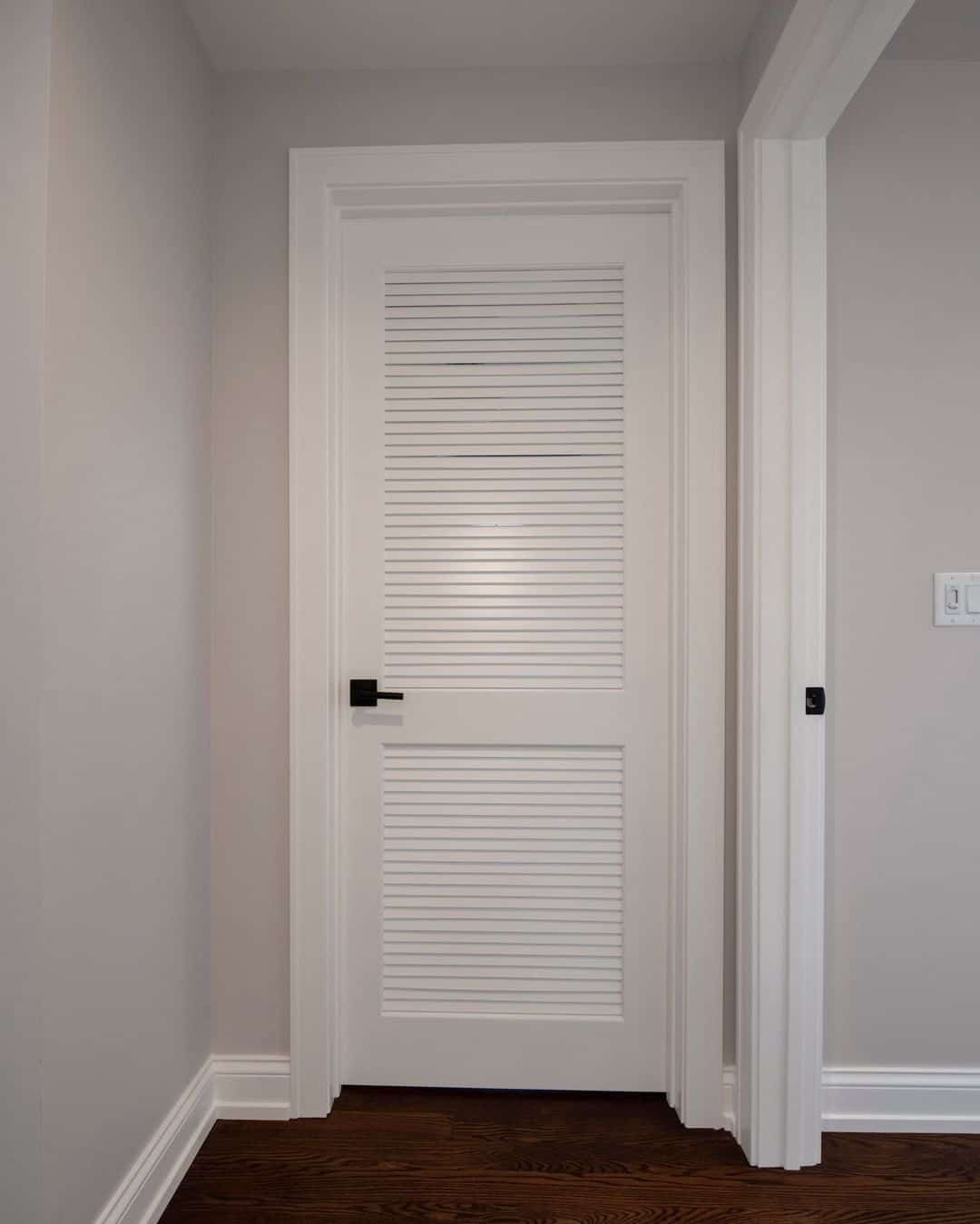
Louver doors are very traditional interior styles. They add character and practical benefits to a space without taking up a lot of room.
Louver doors have blades, called louvers, that either completely or partially cover the door leaf. The louvers are horizontal slats inclined downwards, maintaining the room’s privacy while allowing light and air to enter.
They are perfect for smaller rooms like bedrooms, bathrooms, closets, laundry rooms, pantries, or other areas that could benefit from a little more ventilation. They can even be used as a partition between smaller bedrooms and bathrooms.
Louver doors are the way to go if you desire privacy, peace, and quiet without compromising airflow throughout your home. However, they are relatively weak and should not be used where security is a priority.
7. Bifold Doors
A bi-fold door is a structure with multiple sections that fold in pairs against the wall like an accordion. It features a focal panel that acts as the traffic door surrounded by a stack of panels that fold neatly against one another when fully opened.
These doors can be used inside or outside your house. They can be used for small spaces like closets, pantries, laundry rooms, pantries, or as partitions between rooms. Exterior bi-fold doors are typically used to connect the indoors and outdoors, like in the doorway to your patio, conservatory, or garden.
Bi-fold doors are easy to maintain, versatile, stylish, and highly secure. However, they contain a lot of frames which could cause slight view obstructions when closed. Also, poor installation can cause problems like drainage issues.
8. Screen/Storm Doors
Screen and storm doors are designed to support your home’s main doors but function differently. Some come with in-built little doors for your furry friends.
You need a screen door if you want increased ventilation without opening the main entrance. This door is covered in thin netting installed outside a home’s main entrance. They have basic hardware and hinges and are often made with wood and aluminum frames. Sometimes the mesh covers the top half of the door or its entire length.
They are also great for portals that lead outside from the kitchen and to the porch or deck because they make movement between spaces easy.
However, screen doors may be your least favorite option if you’re particular about privacy from nosey neighbors. Also, if you live in humid regions and use AC, you might not opt for one.
Storm doors, on the other hand, provide extra security to your home. They are mostly made from aluminum, vinyl-clad wood, or steel with glass panes. You can have full glass expanse or partial inserts at the top, middle, or bottom.
They protect against the weather elements like heat, cold, wind, sunlight, rain, heavy storms, and hurricanes, and also against intruders.
Retractable screen storm doors are two-in-one, offering both protection and increased ventilation.
Classification Based on the Door’s Shutter System
1. Hinged
Hinged doors are attached to the doorframes by hinges on their sides, allowing them to pivot around a vertical axis away. There are two kinds: single-action doors that can only move 90 degrees in one direction and double-action doors that can swing inward and outward.
The swing door is a unique single-action door with a spring that snaps it shut almost immediately. Other examples include most panel doors, the Dutch door, the flush door, and the louver door, amongst others.
2. Sliding
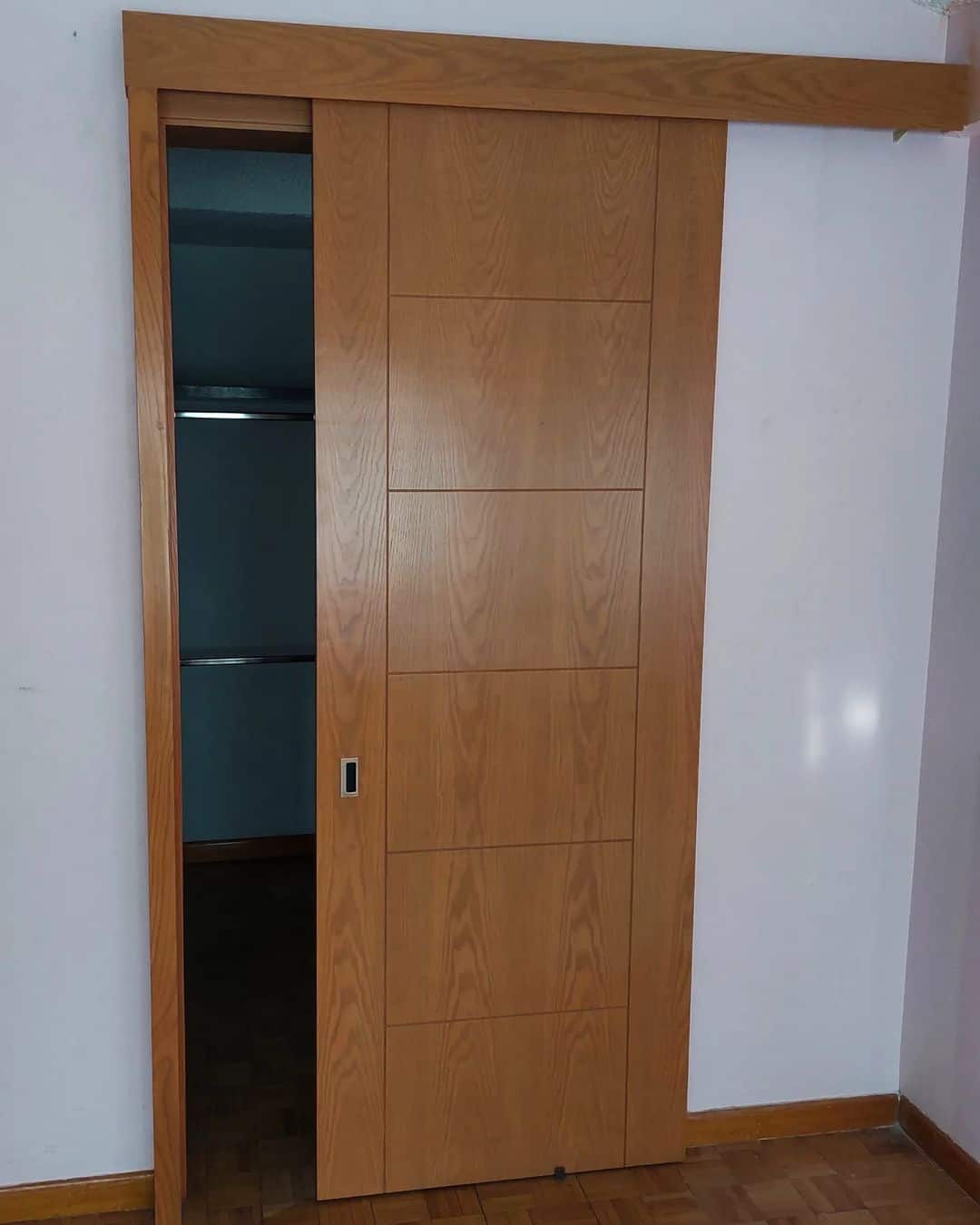
Sliding doors have one or more shutters fixed to steel rollers that move along a track on the top or bottom frame of the doorway. They are usually made of full-sized glass panels, making movements between indoor and outdoor spaces simple and lovely.
They are designed to maximize space and not interfere with other parts of the room, especially where there isn’t enough room for a typical door with hinges to swing open.
Pocket doors are a special type of top-hung sliding door that rolls back into a designed wall cavity. They can connect rooms and in small spaces where privacy is needed.
3. Revolving
These doors are frequently used in public buildings with high foot traffic like banks. They consist of three to four doors joined to a central shaft in a cylindrical hub that revolves vertically.
Pivot doors are a particular type used in homes. They are supported on door pins, different from regular hinges, fixed to the top and bottom of the door frame. They are made to support broader and heavier doors. They are loved for their unique shutter system.
4. Rolling Shutter
Roller doors are overhead doors primarily used in garages and storage facilities. Still, you can add a contemporary feel to your living room or divide the house from the deck.
This door has many horizontal bars hinged together to form a roller shutter that lifts or rests using a counterbalanced or sprung mechanism. You have to raise or lower the door manually or use an automated device.
5. Collapsible Doors
If you have a doorway that is too wide and with too little space for regular swinging doors, you can use a collapsible door. This type comprises mild steel pieces that can be pulled open or pushed close. They don’t require so much space. They also don’t need springs or shutters, and are ideal for main entrances.
Final Words
The primary purpose of a door is to control entry and exit to a space or building. A good door must also meet the need of the room to which it permits access. Now, there’s more to choosing a door than aesthetics. Still, with the right door, you make your home more beautiful and charming.

